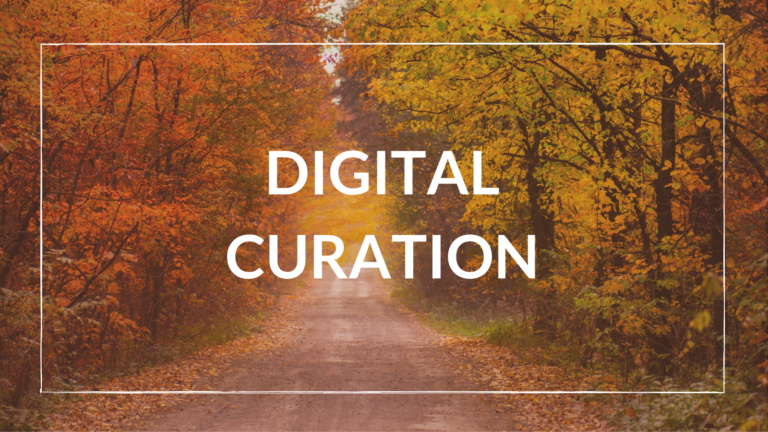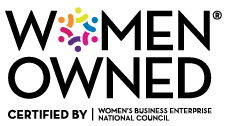An Organization's Mountain of Knowledge
Most organizations, regardless of their size or sector, have amassed an enormous stockpile of knowledge that’s been captured in one form or another – for example, slide decks, reports, data analysis notes, lessons learned, after action reviews, prep notes, templates, checklists, and more.
In many cases, once these knowledge assets have been created, they never see the light of day again. Instead, they get buried in organizational platforms such as Microsoft 365, Google Workspace, Box, Dropbox, SharePoint, etc.
The result: tons of unused, untouched organizational knowledge, deeply hidden and out of reach, while staff waste valuable time and resources reinventing processes, duplicating each other’s work, making the same mistakes, and rewriting the same documents. In addition to the wasted time, effort, and money, it leads to frustration among staff, sometimes getting so bad as to affect morale.
One of the challenges of knowledge management (KM) is to ensure that the valuable and relevant knowledge assets of an organization are easily accessible and usable by its members. This is where digital curation comes in.

What is Digital Curation?
Digital curation is the process of selecting, organizing, describing, preserving, and enhancing digital content for current and future use.
By applying digital curation practices, organizations can showcase their knowledge, make it more findable and discoverable, and learn from the analytics to improve their KM efforts. So how can organizations leverage digital curation techniques to make their knowledge more visible, valuable, and re-usable? Start with these curation approaches and techniques.
Curation Techniques: Putting Digital Curation into Practice
1. Use Metadata
Use a consistent and comprehensive metadata schema to describe and classify your knowledge assets. Metadata can include taxonomy terms, keywords, categories, authors, dates, formats, sources, and other information that help users locate and understand the content.
2. Create Landing Pages
Creating landing pages and dashboards within an organizational intranet or knowledge base that highlight and feature the most relevant, useful, and popular knowledge assets for different audiences, topics, or purposes.
These can include curated collections, featured articles, links to recommended resources, or user-generated ratings and reviews.
3. Use AI and Automation Tools
Use artificial intelligence (AI) tools and techniques to enhance the curation process. For example, use tools to help with natural language processing, machine learning, text mining, or recommender systems.
These types of tools can help identify, extract, enrich, and link the knowledge assets, as well as provide suggestions, recommendations, or feedback to the users or the curators.
4. Design Matters
Curating content is not only about selecting and organizing relevant information, but also about presenting it in an engaging and user-friendly way. Incorporating graphical elements such as icons, buttons, photos, and videos can enhance the visual appeal and interactivity of curated content. They can also help to convey the main message or purpose of the content, as well as to highlight important points or features.
However, graphical elements should not be used at the expense of accessibility or findability. Alt-tags are descriptive text that can be added to images and videos to make them accessible to people who use screen readers or have low vision. Alt-tags can also improve the searchability of curated content, as they provide keywords and metadata that can be indexed by search tools within internal platforms. In short, alt-tags can help with findability.
5. Establish Curation Workflows and Governance
Establishing a formalized workflow and governance model for curation can make a tremendous difference for organizations. Define the roles and responsibilities for curators, editors, and content owners. Establish formal procedures for curation.
Taking a more formal approach for selecting, reviewing, overseeing, updating, and maintaining content will make it easier for staff to know that they can trust that curated content is accurate and valid. Having a defined curation workflow and governance model also helps to maintain the quality and consistency of curated content across the organization.
6. Define a Curation Strategy
Having a clear and consistent curation strategy goes hand-in-hand with curation workflows and governance. It also helps organizations align curation activities with KM goals and their business objectives. A curation strategy should define the scope, purpose, criteria, methods, roles, and responsibilities of the curation process, as well as the expected outcomes and benefits for the target audience. A curation strategy can also help to establish standards, guidelines, and best practices for curating quality content that meets the needs and expectations of the users.
7. Draw Insights from Analytics
Leverage analytics and metrics from platforms to monitor, evaluate, and improve the curation process and outcomes. This can include tracking and analyzing the access, usage, feedback, and impact of the curated content, as well as identifying the gaps, needs, trends, and opportunities for further curation.
Moving Forward
Many of these curation techniques rely on an intranet or knowledge base. If your organization doesn’t currently have an intranet, you likely have a platform that can be adopted for this specific purpose. We’re partial to SharePoint for intranets, but you can likely make do with another platform that’s already being used in your organization such as Google Workspace or Salesforce.
Regardless of the platform, by following some simple steps and using some digital tools, organizations can start curating their knowledge in a systematic and efficient way. These curation tactics will help to enhance the value, quality, and accessibility of knowledge assets and should be part of most knowledge management strategies.






